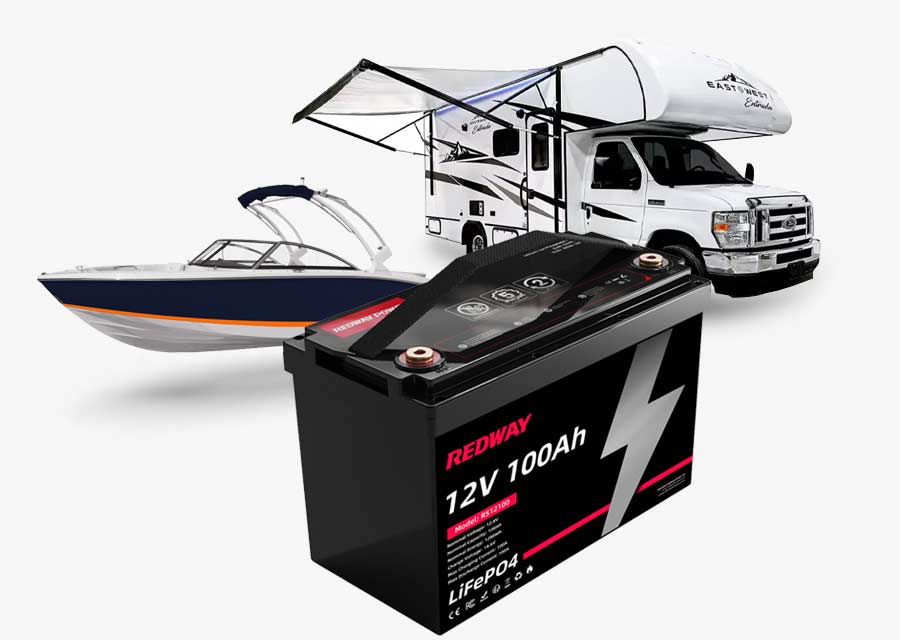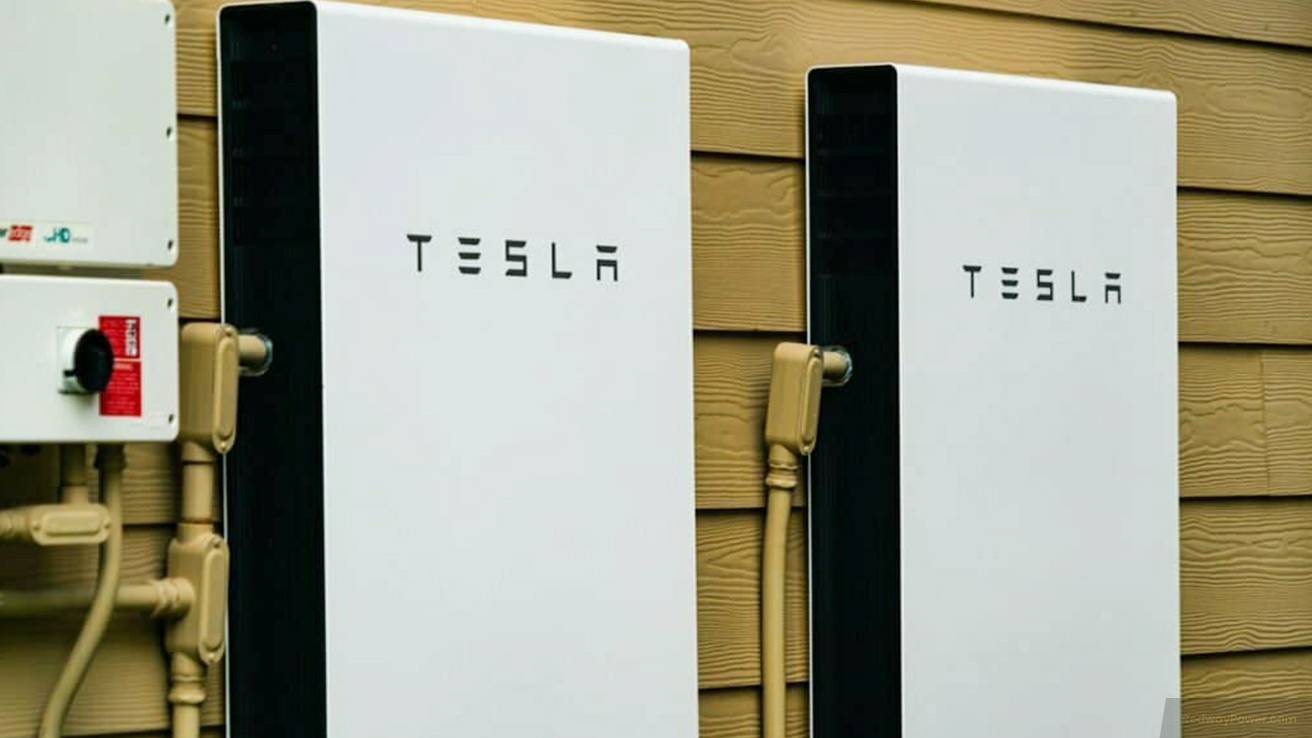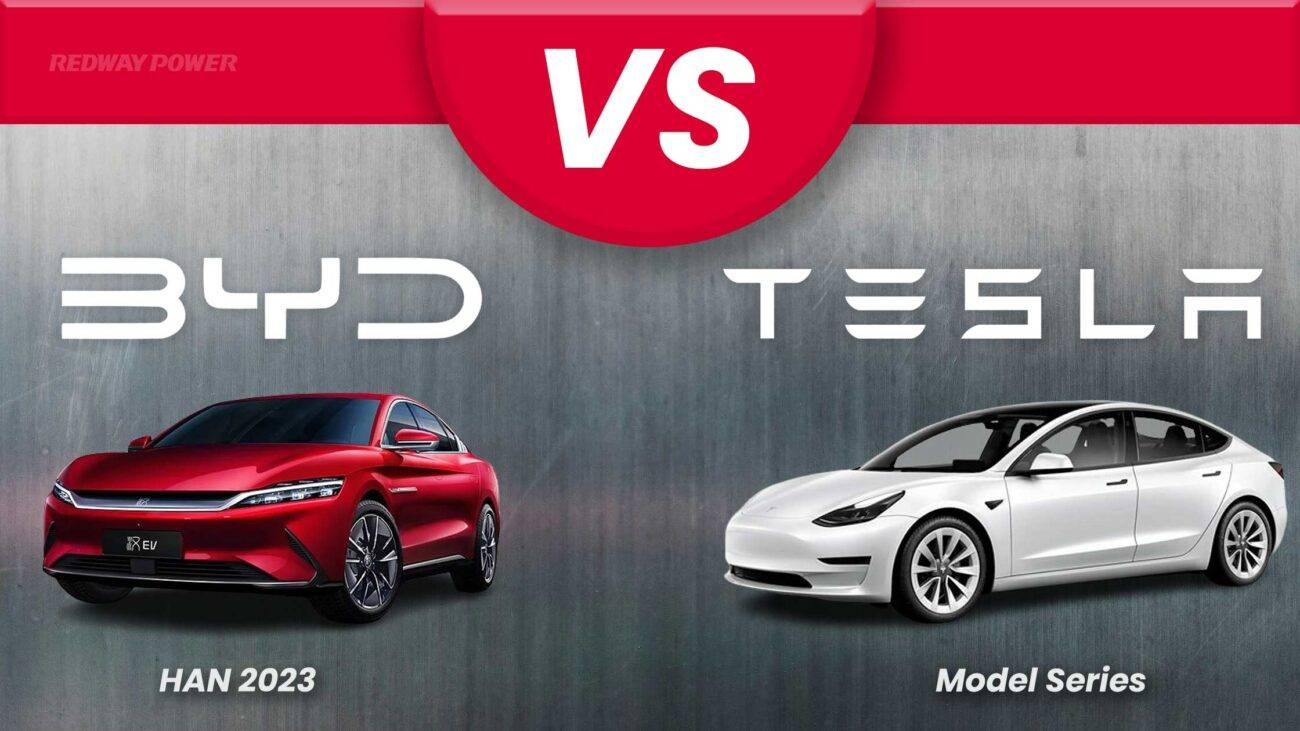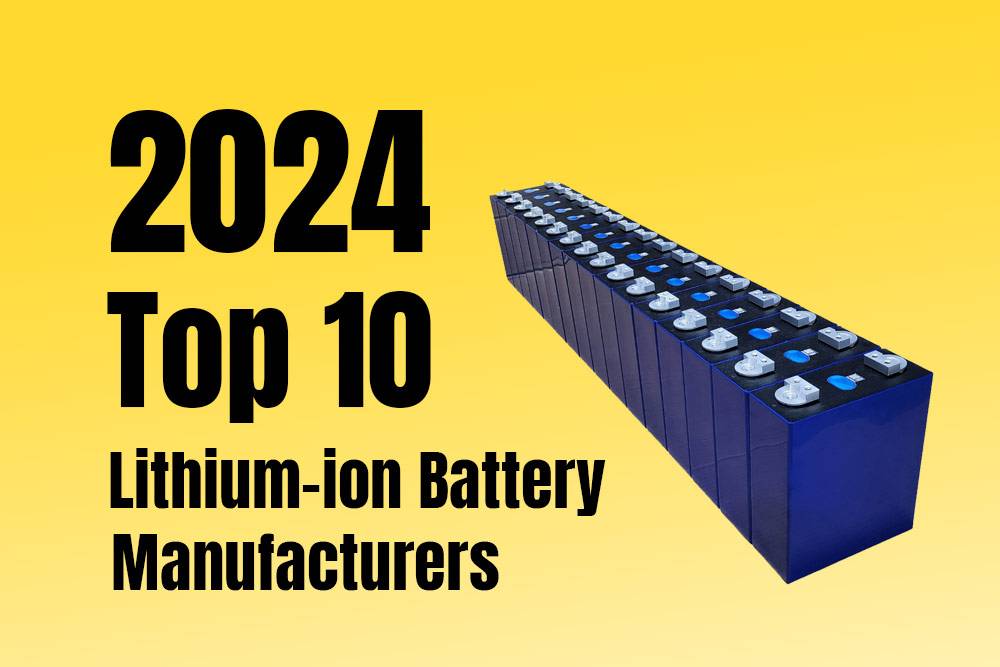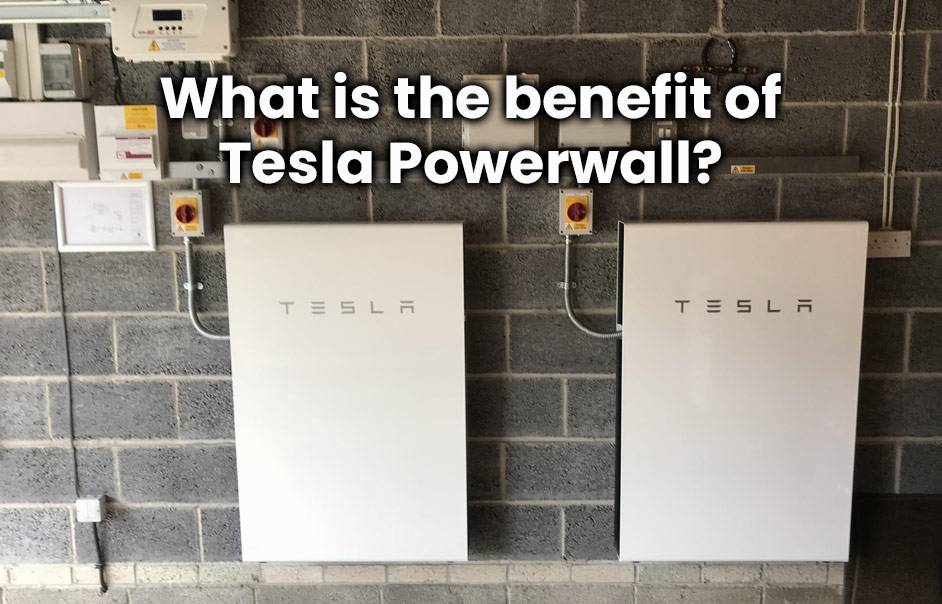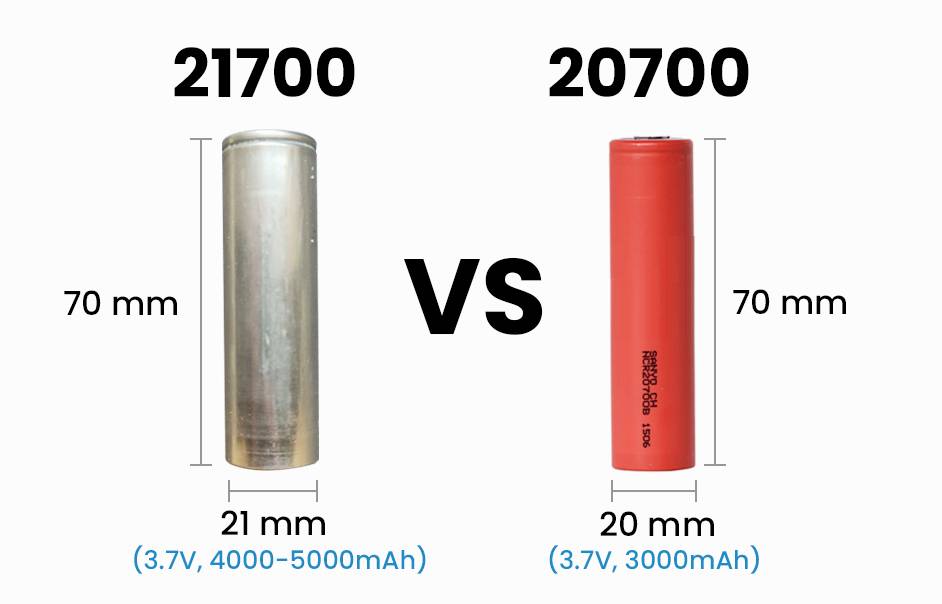In the era of sustainability and energy efficiency, the Tesla Powerwall stands out as a leading home battery system. Yet, what if there were alternatives offering more benefits? Explore this blog post to discover alternatives to the Powerwall, comparing features, prices, eco-friendliness, installation, and customer reviews to help you make an informed decision for your home.
The Tesla Powerwall and Its Benefits
The Tesla Powerwall is a groundbreaking home battery system with numerous advantages. From storing excess renewable energy to its sleek design, it offers a range of benefits. Let’s explore its key features:
- Energy Storage: The Powerwall stores surplus energy from solar panels or wind turbines, providing a reliable source during peak demand or power outages.
- Space-Efficient Design: With a compact and wall-mountable design, the Powerwall minimizes space usage, offering a sleek and modern aesthetic that seamlessly fits into any home.
- Smart Energy Management: Intelligent software enables real-time monitoring and control of energy usage through the Tesla app, promoting efficiency and cost savings.
- Backup Capabilities: Built-in backup ensures uninterrupted power, vital for essential appliances during grid outages, enhancing overall reliability.
The Powerwall empowers homeowners with sustainable and efficient energy solutions.
Alternative Home Battery Systems
While the Tesla Powerwall stands out as a top-notch home battery system, exploring alternatives tailored to your needs and budget is essential. Let’s delve into some noteworthy options:
- LG Chem RESU: Offering capabilities akin to the Powerwall, the LG Chem RESU provides a cost-effective alternative, making it a compelling choice for budget-conscious consumers.
- SonnenBatterie Eco: Renowned for its sleek design and advanced energy management, the SonnenBatterie Eco intelligently stores and distributes solar-generated energy, ensuring optimal usage efficiency.
- Enphase AC Battery: A budget-friendly option, the Enphase AC Battery boasts modular expandability and easy integration with existing solar setups, making it an accessible choice for many users.
- BYD B-Box: Ideal for those prioritizing self-sufficiency, the BYD B-Box excels in high-capacity storage, catering to both residential and commercial energy needs effectively.
- Pika Energy Harbor Smart Battery System: Designed for compatibility with diverse renewable sources, the Pika Energy Harbor ensures seamless integration with wind turbines or hydroelectric generators, enhancing overall versatility.
When exploring alternatives, factors like capacity, efficiency, warranty, and system compatibility with your setup are crucial considerations to find the best fit for your requirements.
Comparison of Features and Prices
When comparing home battery systems, including alternatives to the Tesla Powerwall, it’s crucial to assess features and prices. Here are key considerations for popular alternatives:
- LG Chem RESU:
- Compact design and high energy density.
- Flexible installation options suitable for indoor and outdoor use.
- Sonnen ecoLinx:
- Integrates with solar panels and smart home technology.
- Offers a comprehensive home energy solution.
- Tesla Powerwall:
- Relatively higher upfront cost but long-term cost-effectiveness.
- Robust performance capabilities and an impressive warranty for excellent value over time.
Factors for Comparison:
- Storage capacity
- Efficiency ratings
- Compatibility with solar panels or existing home infrastructure
- Additional features or services offered by manufacturers
Choosing the right home battery system depends on specific requirements, budget, functionality integration needs, and overall household considerations. Evaluate these factors to make an informed decision.
Eco-Friendliness and Sustainability
When choosing a home battery system, considering eco-friendliness and sustainability is crucial. While the Tesla Powerwall is known for its technology and design, alternatives prioritize these values:
- LG Chem RESU:
- High energy density and long lifespan.
- Ethical sourcing of materials and responsible manufacturing practices.
- Sonnen EcoLinx:
- Intelligent energy storage and optimization.
- Seamless integration with smart home technology for sustainable living.
- Sustainability Initiatives:
- Both LG Chem and Sonnen actively reduce environmental impact through recycling programs and the use of recycled materials.
Exploring these alternatives ensures diverse choices that match or surpass the eco-friendly attributes of the Tesla Powerwall. Whether brand loyalty or sustainability goals guide your decision, embrace innovation diversity for informed choices in meeting your home’s energy needs.
Installation Process and Compatibility
Installing a home battery system doesn’t have to be daunting, and alternative options rival the Tesla Powerwall in terms of ease and compatibility:
- LG Chem RESU:
- Straightforward installation by certified installers in a few hours.
- Compatible with new and existing solar panel installations, offering versatility for homeowners.
- Sonnen EcoLinx:
- Easy-to-install design and compatibility with various energy sources.
- Seamless integration with smart home technology for remote monitoring and control.
- Enphase Energy’s AC Battery:
- Affordable with a plug-and-play design for quick and hassle-free installation.
- Suitable for both new and existing solar installations, providing flexibility for homeowners.
Considering specific needs is crucial for homeowners to choose the right home battery system that meets their requirements.
